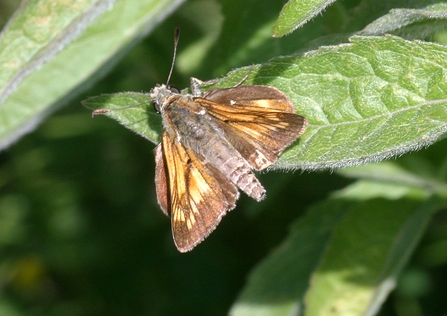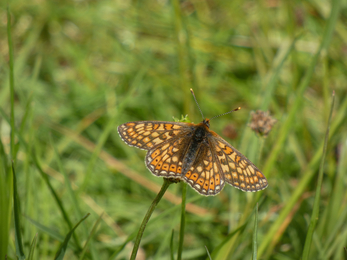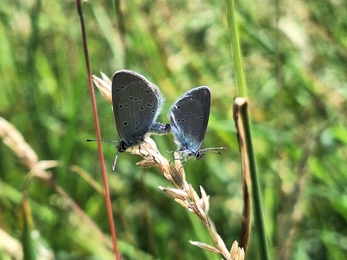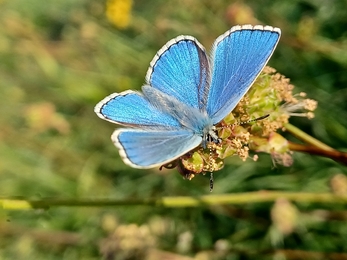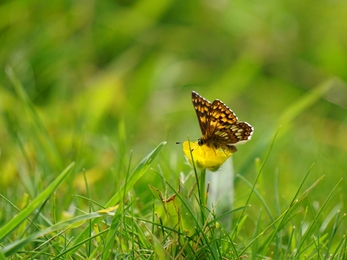Butterflies must be one of the most loved and most studied groups of insects in the world, and for good reason. Not only are they beautiful and charismatic insects, but they are also important pollinators and a vital food source for other wildlife. They are also recognised as indicators of biodiversity and environmental health. The short life cycles of butterflies, and their sensitivity to weather and climate conditions, means they are good indicators of how wildlife is responding to environmental change.
Dorset is well known for its diversity of butterflies, with up to 50 species being recorded each year. There are 59 species in the UK, and there is even one species, the Lulworth skipper, which is only found on the south coast of Dorset!


